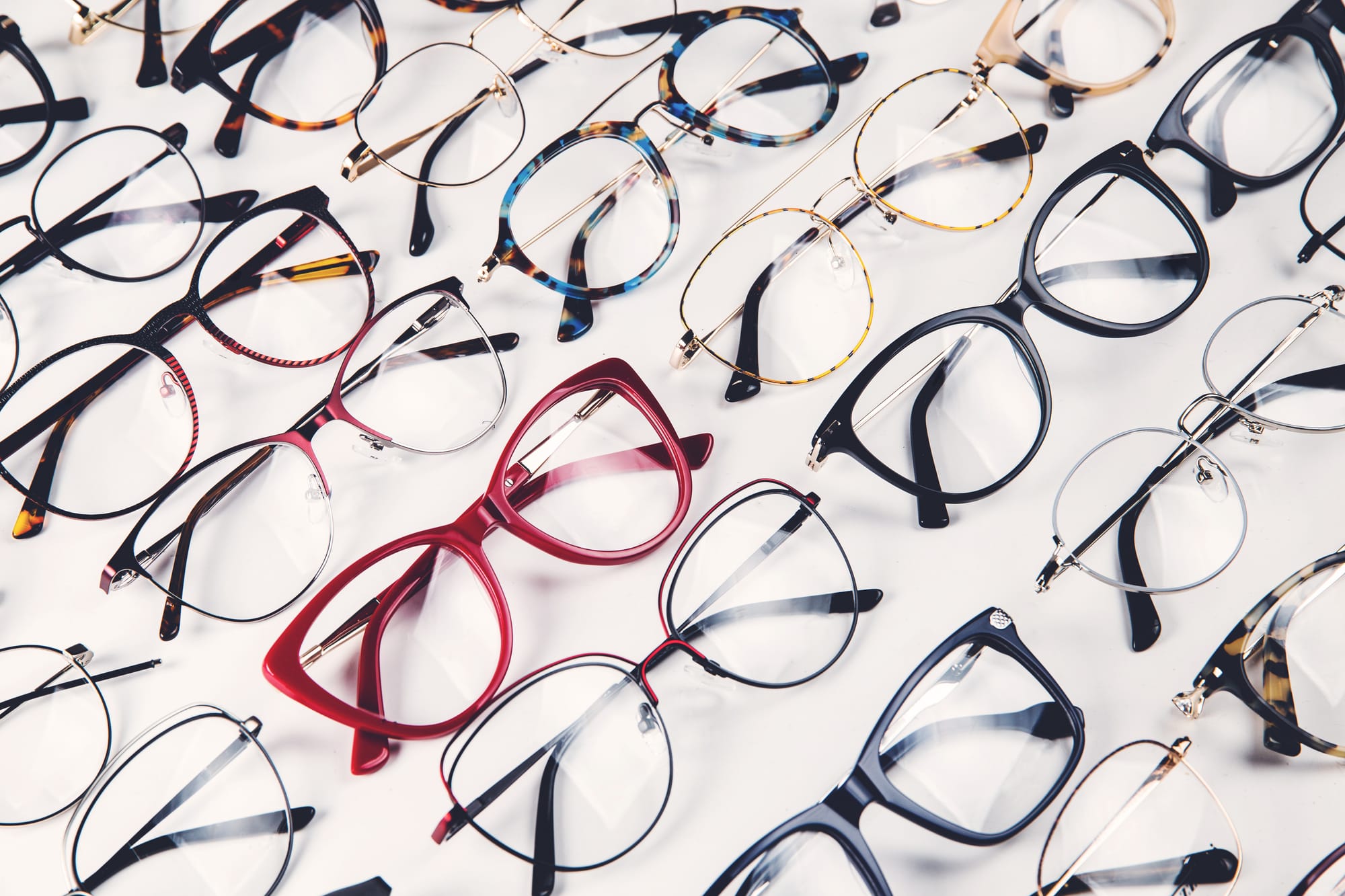2025 Supply and Demand Analysis of Fully Automated Eyewear Making Machine

As we approach 2025, the eyewear industry is witnessing a revolutionary shift towards full automation. This transformation is driven by advancements in technology, increasing consumer expectations, and the growing demand for personalized and adaptive solutions. This analysis delves into the key factors influencing the supply and demand dynamics of fully automated eyewear making machine.
Demand Analysis
1. Technological Advancements: The demand for fully automated eyewear devices is significantly influenced by technological advancements. Innovations in augmented reality (AR), virtual reality (VR), and artificial intelligence (AI) are leading to the development of smart glasses that offer enhanced functionalities, such as real-time translation, navigation assistance, and immersive experiences. As these technologies become more sophisticated and accessible, consumer interest and demand are expected to rise.
2. Consumer Preferences: Modern consumers are increasingly seeking personalized and adaptive solutions. Fully automated eyewear devices cater to this demand by offering customizable features such as adjustable lenses, automatic light adjustment, and health monitoring capabilities. The growing emphasis on convenience and personalized experiences is driving higher demand for these advanced eyewear solutions.
3. Health and Wellness Trends: The focus on health and wellness is also contributing to the increased demand for fully automated eyewear. Features like blue light filtering, posture correction, and visual health monitoring align with the broader trend of integrating technology into personal well-being. As awareness of eye health issues grows, consumers are more inclined to invest in eyewear that offers health benefits and preventative features.
4. Enhanced User Experience: The desire for a seamless and enhanced user experience is a significant driver of demand. Automated eyewear devices that offer intuitive interfaces, voice control, and seamless connectivity with other smart devices are appealing to tech-savvy consumers. The integration of these features into eyewear devices is expected to further boost demand.
Supply Analysis
1. Technological Innovation: The supply of fully automated eyewear devices is heavily reliant on technological innovation. Manufacturers are investing in research and development to create advanced products that meet evolving consumer expectations. The pace of innovation will determine the supply capabilities and the ability of companies to meet market demand.
2. Production Costs: The production costs of fully automated eyewear devices can be high due to the complexity of the technology involved. Components such as sensors, microprocessors, and advanced display systems contribute to the overall cost. However, as technology advances and economies of scale are achieved, production costs are expected to decrease, potentially leading to a broader market reach.
3. Market Competition: The eyewear industry is becoming increasingly competitive with the entry of new players and the expansion of existing companies into the automated segment. This competition can drive innovation and influence the supply dynamics as companies strive to differentiate their products and capture market share.
4. Regulatory and Compliance Factors: Compliance with regulatory standards and safety requirements is crucial for the supply of fully automated eyewear devices. Manufacturers must navigate various regulatory frameworks and ensure that their products meet safety and performance standards. This can impact the supply chain and the time required to bring new products to market.
The fully automated eyewear making machine industry in 2025 is characterized by a dynamic interplay of supply and demand factors. Technological advancements, evolving consumer preferences, and health trends are driving demand, while innovation, production costs, market competition, and regulatory considerations shape the supply landscape. As the industry continues to evolve, stakeholders must stay attuned to these factors to effectively navigate the market and capitalize on emerging opportunities.